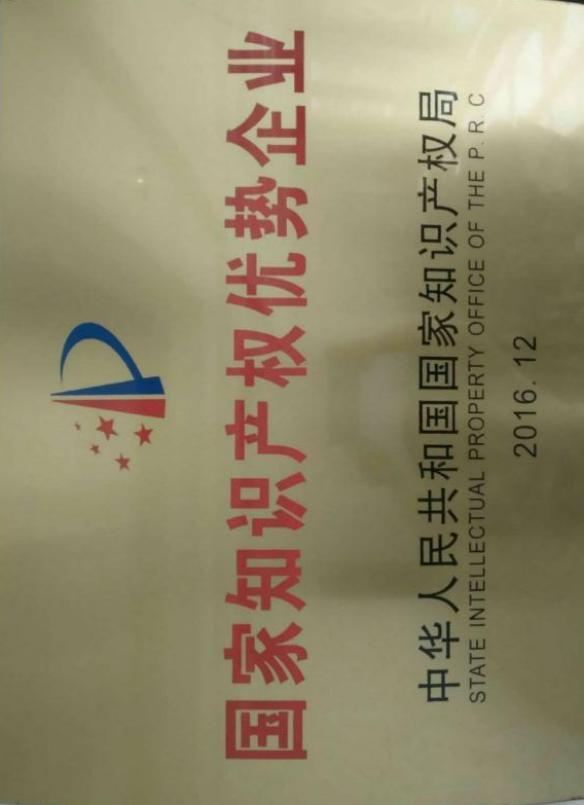
Dec . 04, 2024 16:04
Back to list
Understanding the Function and Importance of Safety Relief Valves in Industrial Applications
Understanding Safety Relief Valves Essential Components for Industrial Safety
Safety relief valves (SRVs) are critical components used in various industrial processes to maintain safe operating conditions. They serve as a last line of defense against excessive pressure buildup in vessels, pipes, and other equipment. By automatically releasing excess pressure, safety relief valves protect industrial systems from potentially catastrophic failures, ensuring both equipment integrity and worker safety.
What is a Safety Relief Valve?
A safety relief valve is a mechanical device designed to open at a predetermined pressure and discharge excess pressure from a system. These valves can be found in various applications, including boilers, tanks, pressure vessels, and pipelines. They operate by utilizing a spring mechanism, where the pressure exerted on the valve exceeds a specified level, causing the valve to lift and release gas or liquid. Once the pressure drops to a safe level, the valve closes automatically.
The Importance of Safety Relief Valves
1. Preventing Equipment Damage One of the primary functions of safety relief valves is to prevent overpressure situations that could damage equipment. High-pressure conditions can lead to ruptures, leaks, or failures, which can halt production, cause costly repairs, and even lead to hazardous spills.
2. Ensuring Personnel Safety The release of pressure helps avoid dangerous situations that could endanger workers. Overpressure incidents can lead to explosions or toxic releases, posing serious health risks. Adequate safety measures, including the installation of safety relief valves, can significantly reduce these risks.
3. Compliance with Regulations Industries are governed by strict safety regulations that mandate the use of safety relief valves in certain applications. Compliance with these regulations is crucial not only for legal reasons but also for maintaining operational safety standards. Regular testing and maintenance of these valves ensure they function reliably and meet regulatory requirements.
Types of Safety Relief Valves
There are primarily two types of safety relief valves safety valves and relief valves.
- Safety Valves Typically used in gas applications, these valves open fully when the set pressure is reached. They provide rapid discharge of gas, minimizing the risk of damage or accidents.
safety relief valve

- Relief Valves Commonly used for liquid applications, these valves can open partially, allowing controlled discharge. They are especially useful in systems where pressure fluctuations are common, providing a more gradual release of pressure.
Selecting the Right Safety Relief Valve
When choosing a safety relief valve for a specific application, several factors must be considered
1. Set Pressure The valve must be calibrated to open at the correct pressure for the system it serves. This requires careful calculation based on the operating conditions of the equipment.
2. Material Compatibility The material of the valve must be compatible with the substances it will handle, whether gas or liquid. Corrosive substances may require special materials for the valve to ensure longevity and reliability.
3. Flow Capacity The valve should have sufficient flow capacity to release the required volume of gas or liquid quickly, preventing pressure from exceeding safe levels.
4. Installation and Maintenance Consideration should also be given to how and where the valve will be installed, as well as the ease of maintenance. Proper installation and regular maintenance are vital to ensure operational reliability.
Maintenance and Testing
Routine inspection, testing, and maintenance of safety relief valves are essential to ensure they function correctly when needed. Valves should be tested periodically, according to the manufacturer's recommendations and regulatory guidelines. Signs of wear, corrosion, or leaks should be addressed immediately to avoid failures.
Conclusion
Safety relief valves play an indispensable role in industrial safety, preventing equipment damage and protecting personnel from the dangers of overpressure situations. By understanding their function, types, and the importance of regular maintenance, industries can enhance their safety protocols and ensure compliance with regulations. Investing in quality safety relief valves is not just a regulatory requirement but a critical aspect of operational safety and efficiency.
Latest news
-
Safety Valve Spring-Loaded Design Overpressure ProtectionNewsJul.25,2025
-
Precision Voltage Regulator AC5 Accuracy Grade PerformanceNewsJul.25,2025
-
Natural Gas Pressure Regulating Skid Industrial Pipeline ApplicationsNewsJul.25,2025
-
Natural Gas Filter Stainless Steel Mesh Element DesignNewsJul.25,2025
-
Gas Pressure Regulator Valve Direct-Acting Spring-Loaded DesignNewsJul.25,2025
-
Decompression Equipment Multi-Stage Heat Exchange System DesignNewsJul.25,2025

